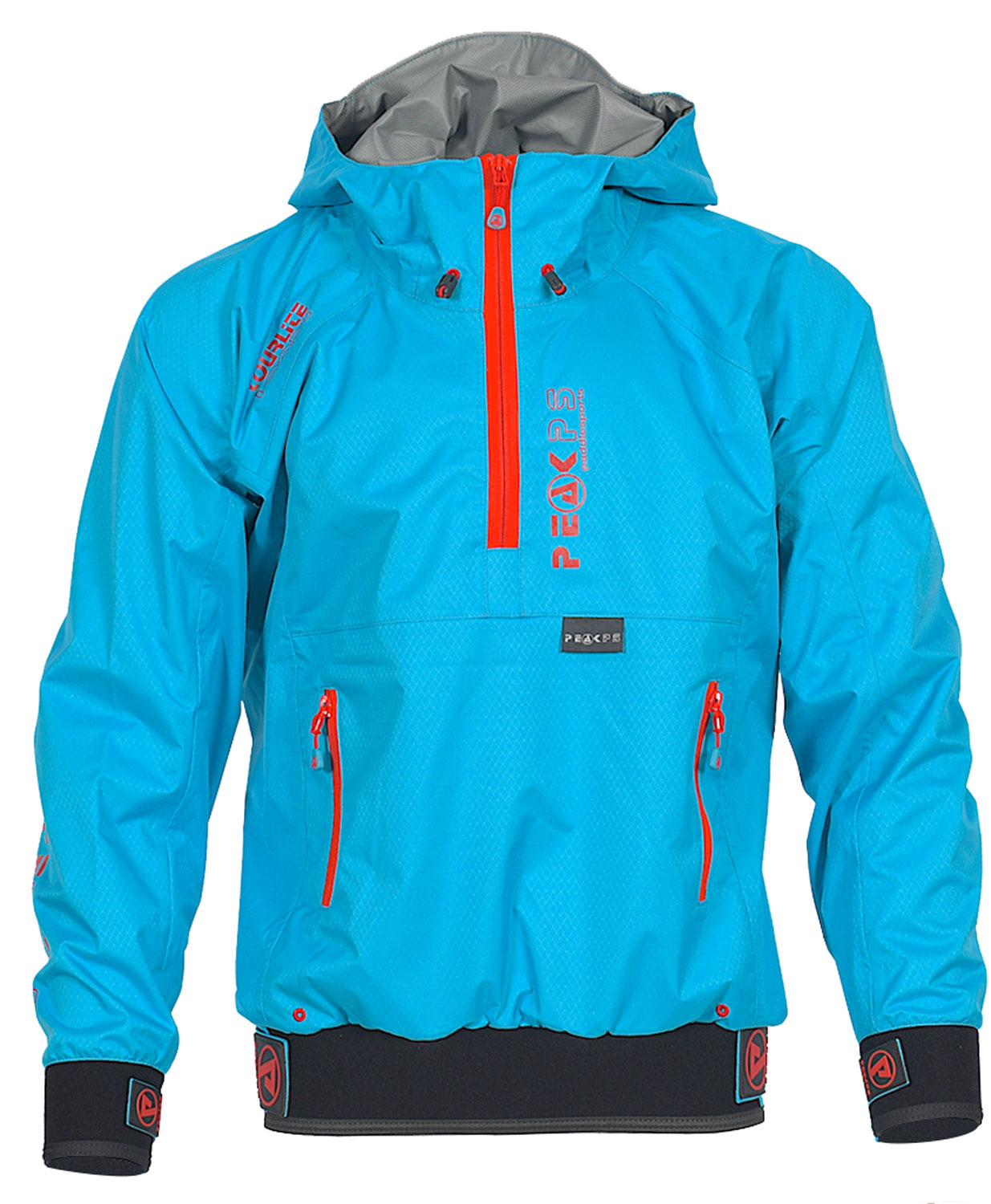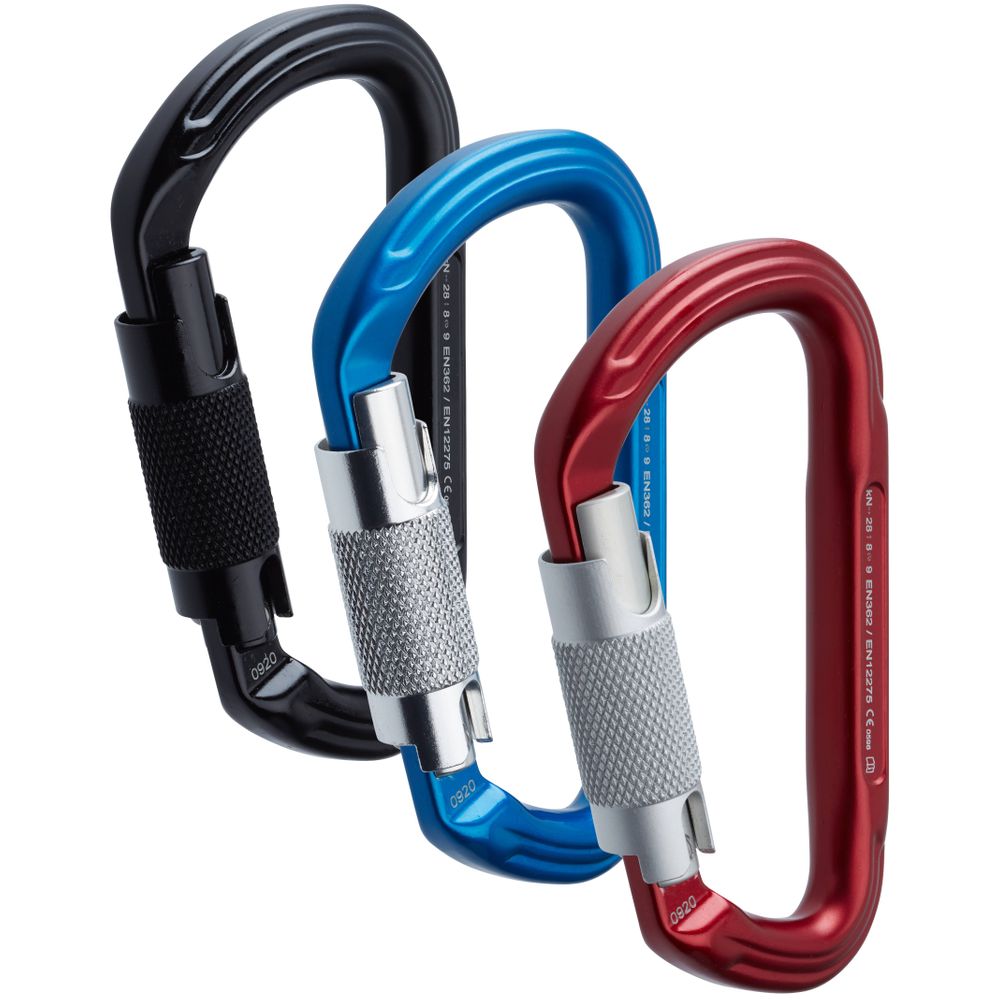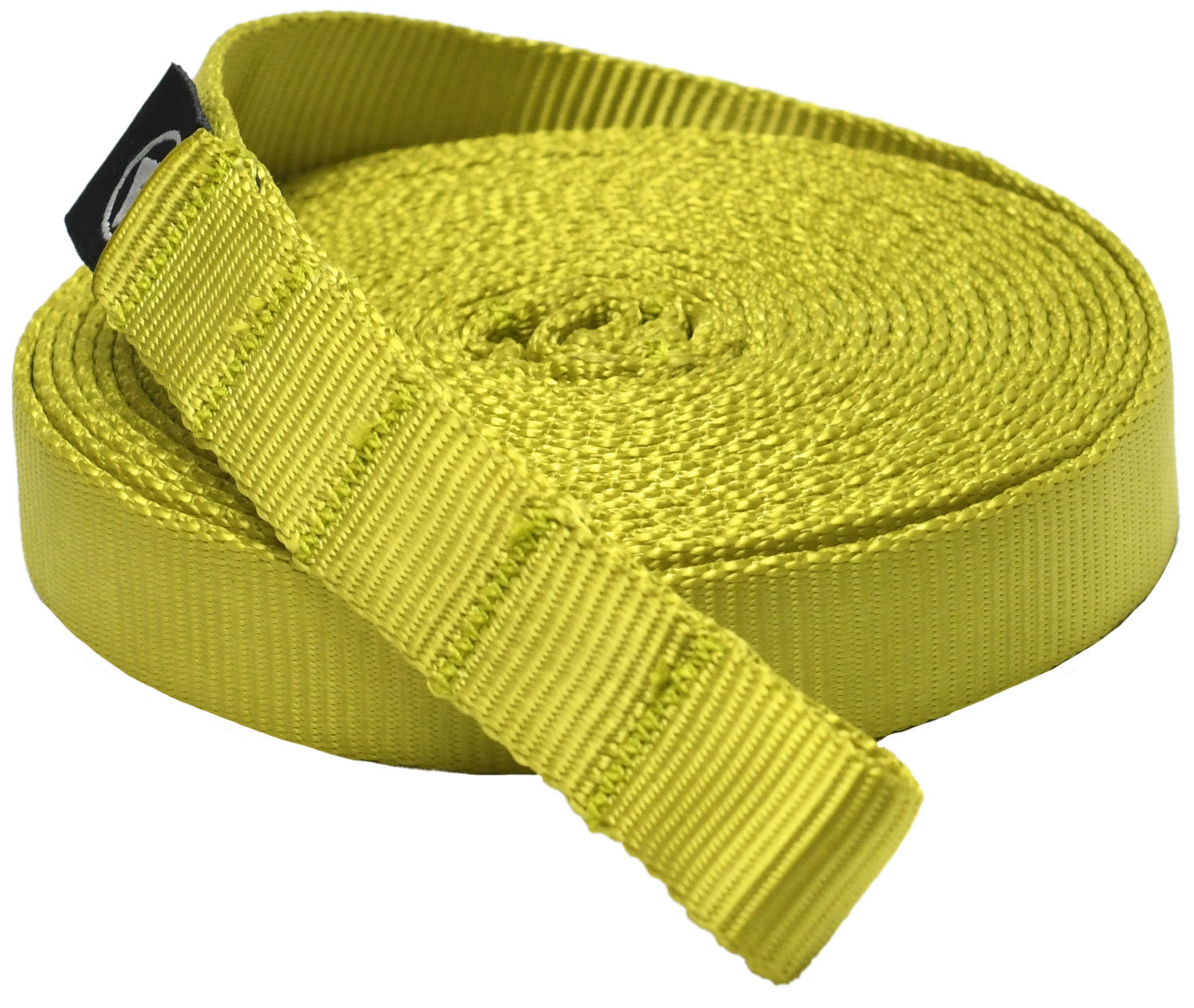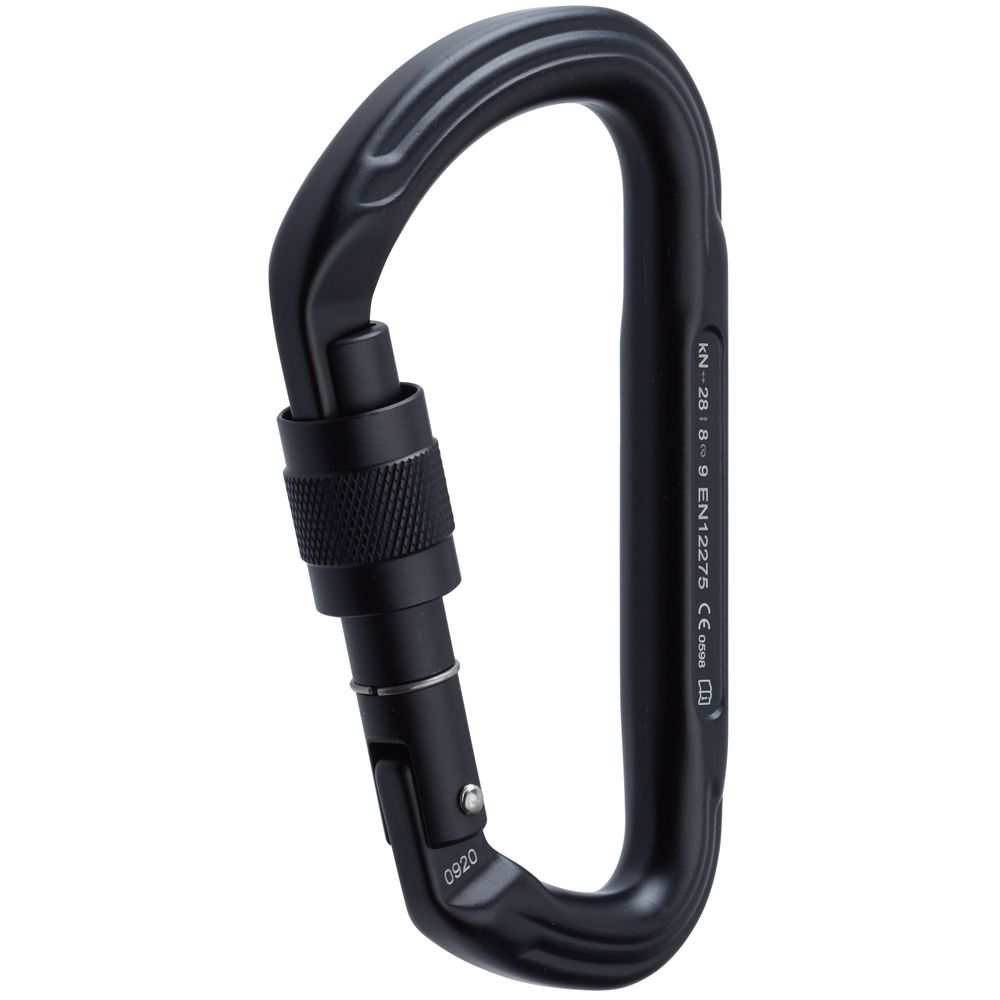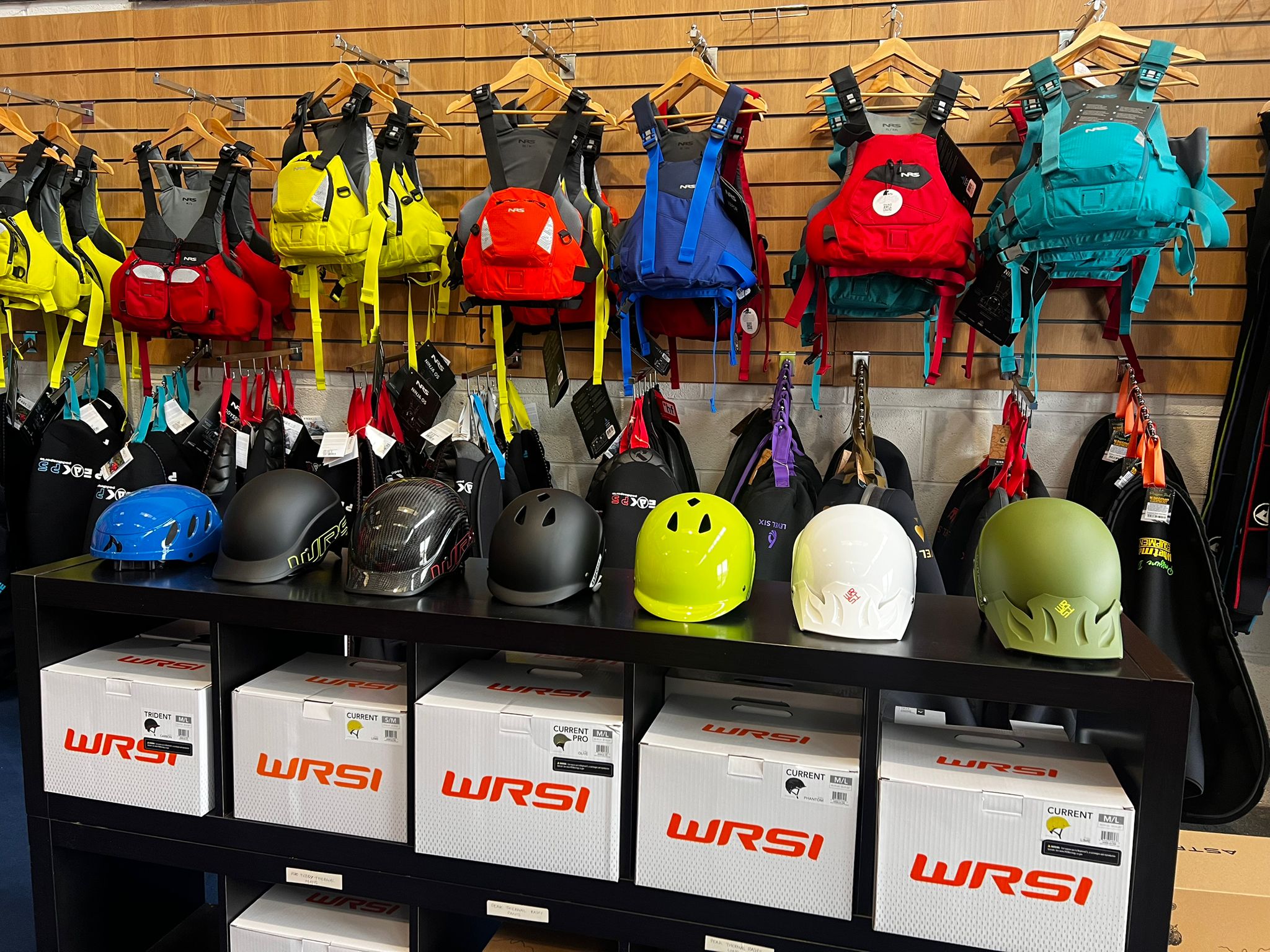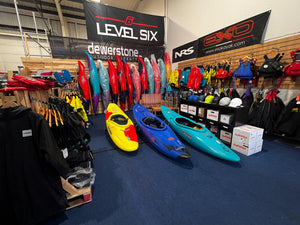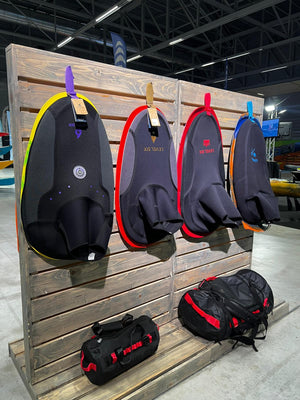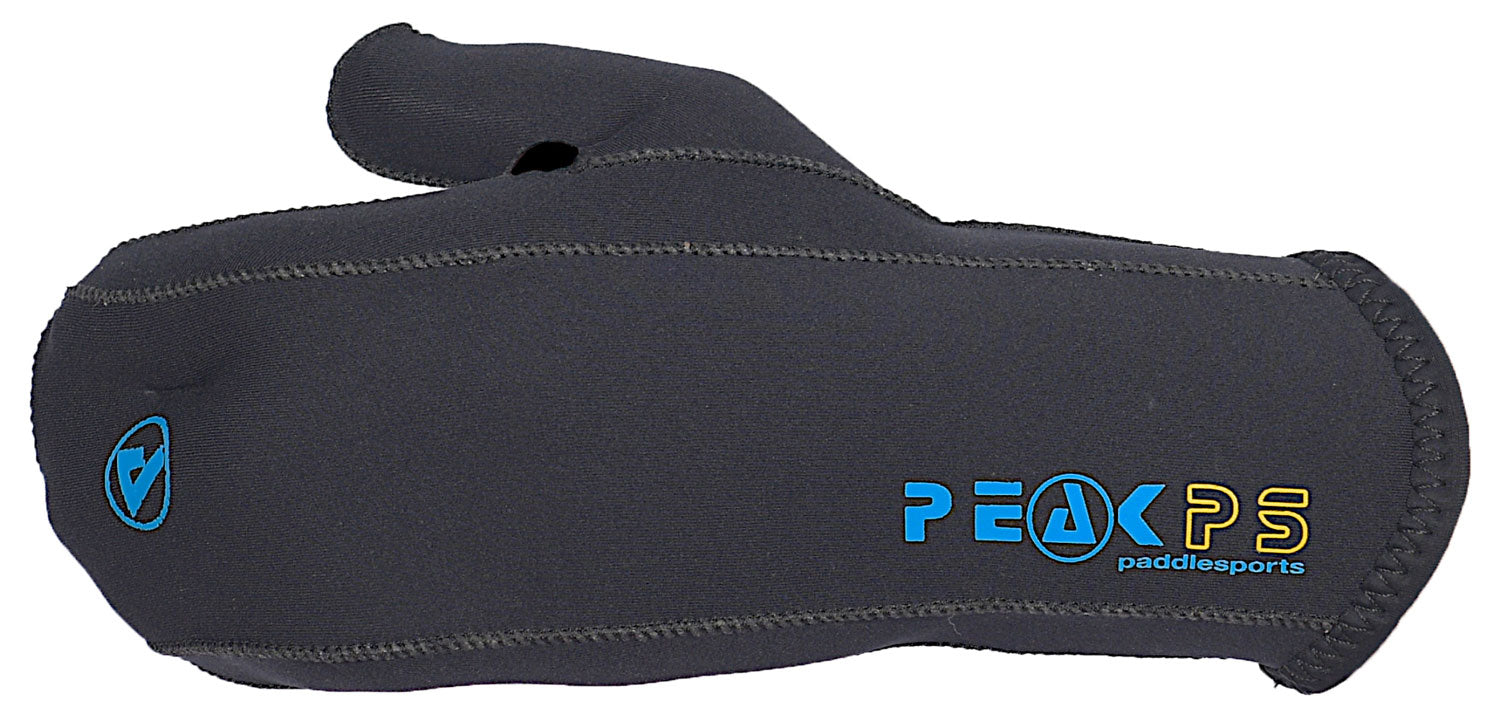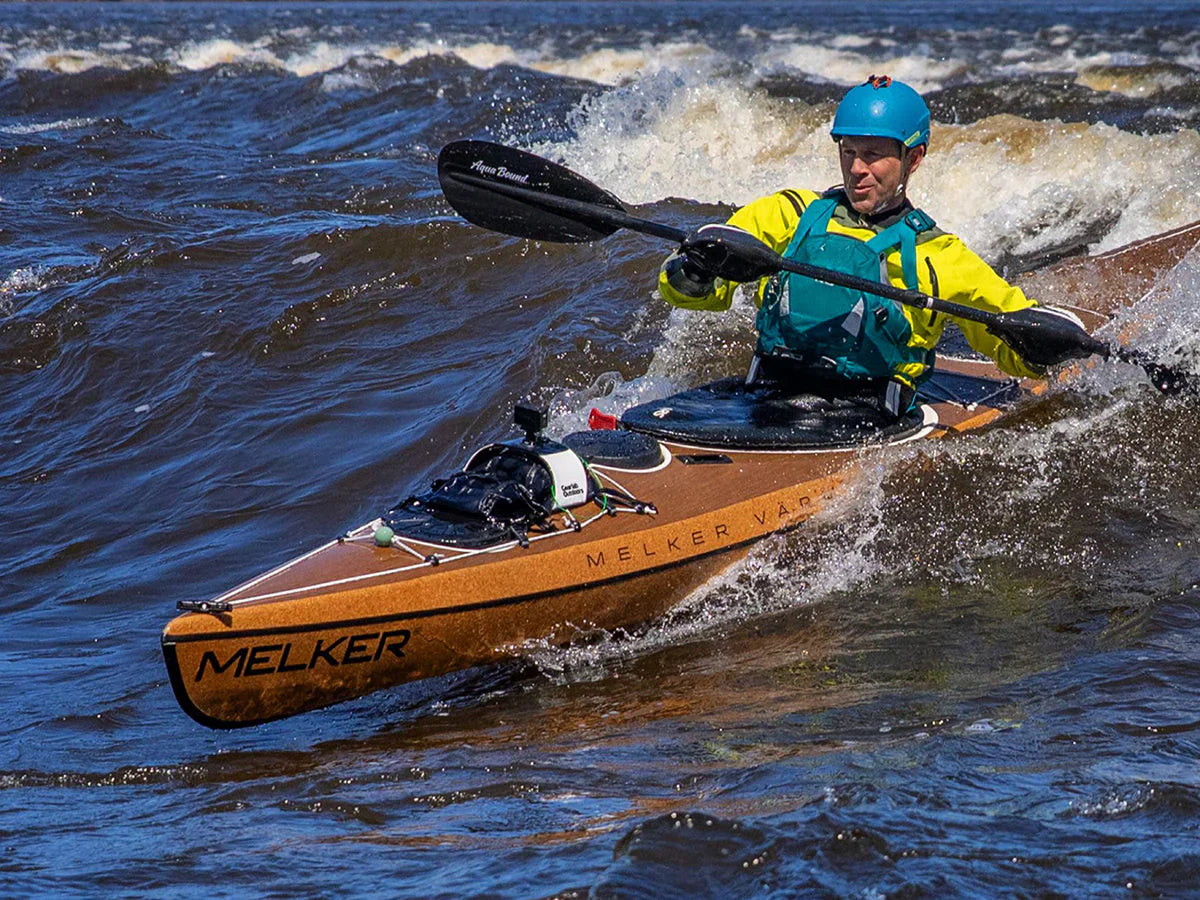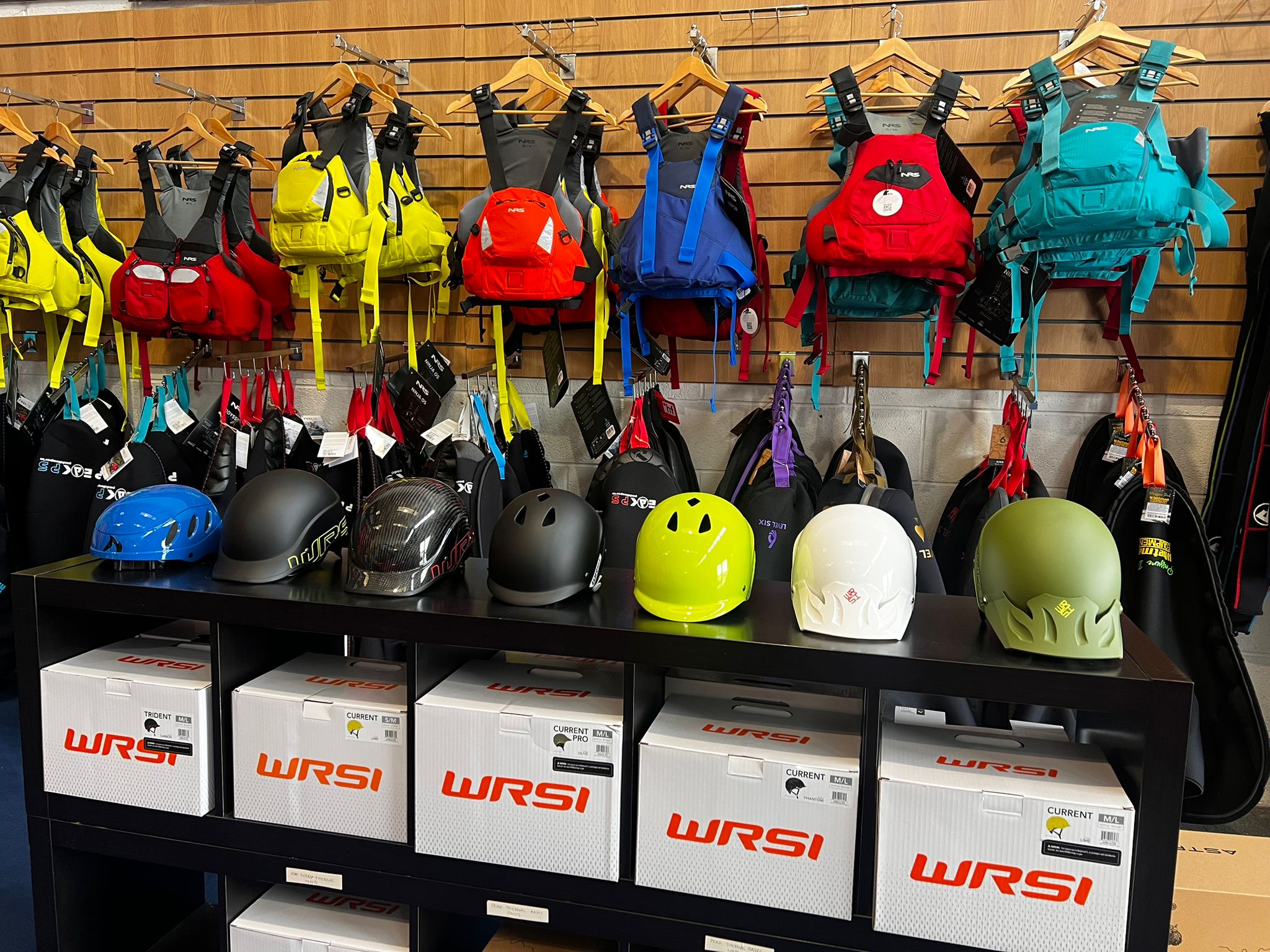Kayak and Canoe Helmets Are Essential for Safety on the Water

Unlike cycling or climbing where head injuries usually result from falling, kayaking and canoeing bring their own risks: submerged rocks, low-visibility hazards, capsizes, and even impacts from your own boat or paddle. That’s why helmets for water sports are uniquely engineered to protect you in these specific scenarios.
Top brands like Peak, WRSI, Predator and Sweet Protection have developed helmets that address the very real challenges paddlers face, combining comfort, security, and high-performance materials to keep you protected while doing what you love.
What Makes Kayak and Canoe Helmets Different?
Paddlesport helmets are purpose-built to handle multiple, lower-force impacts, the kind that are more common when paddling through rough features or shallow runs. Understanding what sets them apart can help you make the right choice for your style of paddling.
1. Multi-Impact Protection
Helmets from brands like WRSI and Peak use advanced EPP or EVA foam that absorbs energy across multiple impacts, unlike bike helmets that are designed for just one serious collision. This means your helmet keeps protecting you even after a few knocks.
2. Water Drainage & Fit
Comfort and safety go hand-in-hand. Many helmets feature smart drainage designs and moisture-resistant liners, staying secure and comfortable even when fully soaked. Their adjustable retention systems are made to grip your head without slipping, even in strong current.
3. Increased Coverage
With added protection around the back and sides of your head, paddling helmets provide extra safety during flips or collisions in rocky or shallow water. This full-coverage design is crucial for creekers and river runners alike.
4. Built for the Water
Kayak helmets ditch airflow vents in favour of sealed, water-resistant shells, ensuring they don’t flood during a roll or capsize. Long-lasting shell materials like ABS or carbon composites are standard in high-quality models from Predator, Peak, and WRSI.
Types of Kayak and Canoe Helmets
Choosing the right type of helmet depends on your activity, environment, and risk level.
1. Half-Cut Helmets
Ideal for general whitewater and surf play, these are lightweight and offer good hearing and ventilation. Many WRSI models fall into this category, with user-friendly features like easy adjustment and plush liners.
2. Full-Cut Helmets
These offer extra side protection by covering the ears and are popular in colder climates or more technical rivers. Helmets like the Sweet Protection Rocker Full cut balance protection and warmth with low-profile styling.
3. Full-Face Helmets
Best suited for steep creeking and competitive paddling, these include a chin guard for full facial protection. A full face white-water helmet might can often be a choice for paddlers needing maximum coverage in demanding conditions.
Helmet Safety Standards and Testing
Kayak and canoe helmets are typically certified under EN 1385, a European standard created specifically for water sports. This is different from the standards used for bike or climbing helmets (like EN 1078 or EN 12492), and it's tailored to paddling environments:
· Designed for multiple low-energy impacts, not just one big hit.
· Requires helmets to be buoyant, securely fitted, and stable in water.
· Ensures durability in wet, cold, and UV-exposed conditions.
Top-end manufacturers like Sweet Protection, WRSI, Peak and Predator all design their helmets to meet or exceed this standard so you can paddle confidently, knowing your gear is tested for the job.
When to Replace Your Helmet
Even the best helmet won’t last forever. Here’s how to know when it’s time for an upgrade:
1. After a Major Impact
If your helmet took a serious knock, like a rock hit or paddle strike it may no longer protect effectively. Multi-impact foam can absorb several hits, but not indefinitely.
2. Age Matters
Most helmets should be replaced every 3 to 5 years, even if they look fine. UV rays, moisture, and wear will gradually degrade the foam and shell.
3. Visible Wear & Tear
Check for frayed straps, dents, soft spots, or cracked shells. If anything feels off, it probably is. Helmets like those from Peak often have replaceable parts, but only up to a point.
4. Poor Fit
A helmet that no longer fits snugly can shift or fall off when you need it most. If your fit system is worn out or the liner has compressed too much, it’s time to replace it.
Final Thoughts
A good kayak or canoe helmet is an investment in your safety, whether you're running rivers, exploring coastal routes, or teaching beginners on flat water. Helmets from trusted brands like Predator, WRSI, and Peak are built with paddlers in mind, offering the comfort, performance, and protection needed for every kind of journey.
Treat your helmet as you would your PFD or paddle, if in doubt seek advice, care for it and know when to replace it. It's not just gear it's your head.

